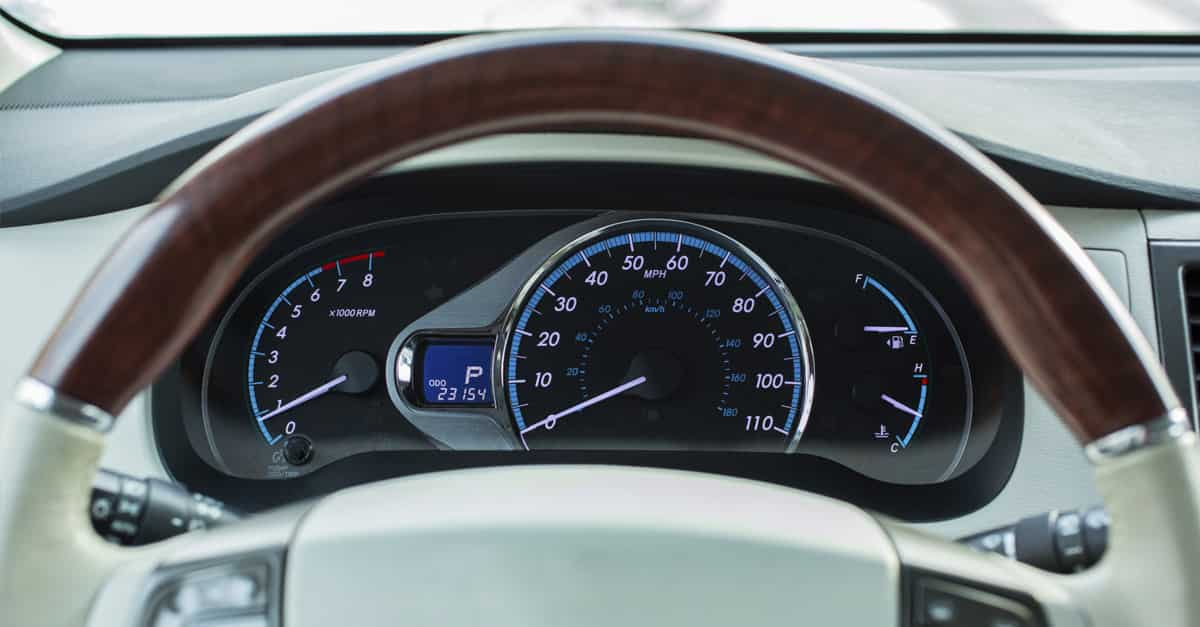Estimate Your Annual Mileage
Never Pay More Than Necessary

Odometer readings captured during a vehicles National Car Test (NCT) will be printed on the NCT Certificate. Each cert will have up to a maximum of 3 previous readings printed on them with the idea being that this might provide some consumer protection for both those selling and buying cars going forward.This rule is aimed at giving the consumer more security when it comes to making a motor purchase.
How Does It Affect My Insurance?
This NCT cert change not only ensures that the vehicle should match up to the mileage being displayed but it is also a hack for helping you estimate how many miles you travel during the year. The reason why this is considered important is because your annual mileage can potentially impact the cost of your car insurance premium.
The reason for this is because the chances of you being involved in a traffic related incident are higher if you're in your vehicle for a longer period of time. To offset this risk a car insurer may quote those with greater annual mileage at a higher rate.
Many of us can overestimate the amount of miles we actually put in behind the wheel each week, which can potentially lead to us not providing the correct figures come renewal time.
To help you get the best value car insurance quote we’ve got a simple method you could use to estimate your annual mileage.
HOW TO ESTIMATE YOUR ANNUAL MILEAGE
There are a number of ways for you to estimate your annual mileage, but to make your life easier we’ve provided a straightforward working example to calculate it:
Step One
Record the number of miles/kilometres you travel on your average daily commute. Note this figure for each day (Monday to Friday).
Step Two
Add all the daily figures together to get your total for the Monday to Friday.
For example, between Monday to Friday John normally drives about 160 KM (32 KM x 5) per week.
To get a semi accurate average for the week we’ll need to also include his weekend figure. It can vary from week to week but the average for John is about 50 KM (25 KM x 2).
That means his weekly average is about 210 KM.
Step 3
Using this weekly figure you should be able to calculate your monthly figure. You can do this by multiplying the weekly figure by 4.
E.G: 210 KM x 4 = 840 KM (per month).
Step 4
Using the monthly figure you can now estimate John’s yearly figure. You can do this by multiplying the monthly figure by 12.
E.G: 840 KM x 12 = 10,080
That’s just one example of how you can estimate your annual mileage but each individual’s figure can differ depending on their employment and lifestyle.
Something simple like calculating your annual mileage correctly could help you save on your insurance, as some insurers or brokers may give discounts to drivers who have low yearly mileage figures.
Providing the most accurate information, when you’re completing a car insurance quote, not only means that your cover is correct but it could also help you save on the cost of your renewal.
